Rectus Capitis Anterior and Lateralis Muscle Anatomy
Table of Contents
Rectus Capitis Anterior Muscle
What is Rectus Capitis Anterior Muscle?
- Rectus capitis anterior muscle is 1 of the deeper neck muscles whose primary function is to flex the head on the neck at the atlantooccipital joint.
- This short strap muscle relates to the group of anterior vertebral muscles combined with the longus colli, longus capitis & the rectus capitis lateralis muscles. The anterior or the lateral neck muscles combined comprise the prevertebral muscles of the neck, all situated deeper into the prevertebral layer of deeper cervical fascia. Nestled deeper between the 1st 2 of the cervical vertebrae or the skull base, these muscles assist to maintain alignment between the upper cervical vertebrae or the occiput. It also assists to support the correct working of the associated circulatory or nervous structures. Suboccipitals are also responsible for producing fine movements for the head, such as when reading a book or scanning the roadways when driving or at the time of walking. These movements are necessary when maintaining awareness or the orientation of the head while the body is in motion.
Relations of Rectus Capitis Anterior Muscle
- The muscle is situated deeper in the superior part of the longus capitis muscle. It relates to the anterior vertebral muscles, which combine with lateral vertebral group and comprise the prevertebral muscles. Being a portion of the prevertebral neck muscles, the rectus capitis anterior is situated immediately posterior to the retropharyngeal space. Lateral to the muscle is the subclavian artery, cervical or the brachial plexuses.
Origin
- Rectus capitis anterior muscle arises from the anterior surface of the lateral mass of the atlas (1st cervical vertebra) or the root of its transverse process.
Insertion
- It then extends superomedially & then inserts to the inferior surface of the basilar portion of the occipital bone.
Nerve Supply
- This muscle is nerve supply by the anterior rami of spinal nerves C1 & C2. The anterior rami of these nerves are joined by a communicating branch, from which the innervated to the rectus capitis anterior muscle stem.
Blood Supply
- The muscle is blood supplied by the branches of the vertebral or the ascending pharyngeal arteries (a branch of the external carotid artery), while it is empty by the vertebral vein.
Action
- It works as Atlantooccipital joint: Head flexion
Functions of the Rectus Capitis Anterior Muscle
- The primary function of the rectus capitis anterior is to flex the head on the neck at the atlantooccipital joint or work to stabilize the atlantooccipital joint.
Clinical Significance of the Rectus Capitis Anterior Muscle
- Whiplash Injury- Turning or rotating too far to one side or too quickly will cause injuries to this muscle. Whiplash tends to be 1 of the most generic methods for injury to the muscles in the neck. Symptoms might include pain in the immediate or the radiating area & headaches. Common treatments consist of isolating movement of the area or using anti-inflammatory medication to reduce pain or swelling.
Rectus Capitis Lateralis Muscle
What is Rectus Capitis Lateralis Muscle?
- Rectus capitis lateralis is a tiny, paired muscle that is situated within the neck, deeper than the prevertebral part of the deeper cervical fascia. It is a part of the prevertebral muscle group together with the splenius capitis, levator scapulae, or the middle & posterior scalene muscles.
- This muscle is responsible for laterally flexing the head to the ipsilateral or the same side & works to stabilize the atlantooccipital joint.
Relations of the Rectus Capitis Lateralis Muscle
- Rectus capitis lateralis has few muscular or neurovascular relations. It is lateral to the rectus capitis anterior muscle & the cranial end of longus capitis. The levator scapulae muscle ends on the opposite side of the C1 transverse process caudal to rectus capitis lateralis. Rectus capitis lateralis is also anterior to obliquus capitis superior, anterosuperior to obliquus capitis inferior, & then superior to anterior cervical intertransverse muscle.
- The rectus capitis lateralis is posteriorly belongs to the internal jugular vein. It is differentiated from this structure by the carotid sheath or occasionally by the accessory nerve (CN XI). The posterior belly of the digastric muscle is also anterior to the muscle; with the occipital artery sometimes differentiating the 2 structures. The vertebral artery crosses by the medial border of the rectus capitis lateralis muscle as it ends the transverse foramen of the atlas. The glossopharyngeal, vagus, or accessory nerves (CN IX-XI) cross over the anterior surface of the rectus capitis lateralis as they end into the jugular foramen.
Origin
- Rectus capitis lateralis is a small, flat muscle. It starts from the superior surface of the transverse process of the atlas (C1).
Insertion
- The vertically oriented fibers run superiorly to the end into the inferior surface of the jugular process of the occipital bone.
Nerve Supply
- Motor nerve supply to rectus capitis lateralis is given by branches of the anterior rami of the 1st 2 cervical spinal nerves (C1 to C2).
Blood Supply
- Branches starts from the ascending pharyngeal, vertebral, or occipital arteries & carry oxygenated blood to the rectus capitis lateralis muscle.
Action
- It works to Stabilizes the atlantooccipital joint; head lateral flexion (ipsilateral)
Functions of the Rectus Capitis Lateralis Muscle
- The main function of rectus capitis lateralis is to stabilize the atlantooccipital joint during motion. Unilateral contraction creates ipsilateral or same side flexion of the neck.
Clinical Significance of the Rectus Capitis Lateralis Muscle
- Some of the most common types of injuries to athletes are those of an acute strain or the sprain in the musculature of the neck, in addition to any soft-tissue contusions. Strains are injuries to the muscles that happen whenever the muscle is overloaded or stretched. Sprains are when the ligaments or the capsular structures that join the vertebrae or the cervical facet joints become harmed. It may be quite difficult to separate between the 2 injuries, which is why they generally occur at the same time. Symptoms may be explained as stiffness in the neck, muscle spasms in the affected area, tenderness, or decreased range of motion of the head or neck.
- Treatment of an injury to this muscle consists icing the harmed area, isolating motion of the area, rest, & then massage therapy. Non-steroidal anti-inflammatory drugs (NSAIDs), such as ibuprofen, might be taken to address pain or to decrease inflammation. It has been said that rectus capitis lateralis muscles break at a significantly higher level of load or strain than the other 3 pairs of muscles. The compliant stiffness of rectus capitis lateralis or the anterior muscles was more than the other muscle pairs.
Stretching Exercise for Rectus Capitis Anterior and Lateralis Muscle
Rectus Capitis Anterior Major Forward and backward stretches
- Sitting on the edge of a chair with the back straight & the chin should be parallel to the floor.
- Tilt the head forward gently until the stretch is felt in the back of the neck. Hold for 5 secs.
- Lift the chin & then tilt the head back until the stretch is felt in the upper neck.
- Hold for 5 secs.
- Perform the exercise for ten reps periodically throughout the day to relieve a rectus capitis neck strain.
Suboccipital Muscle Stretch
Manual Stretching
Patient position & the procedure: Sitting
- How to do:
- Identify the spinous process of the second cervical vertebra & then stabilize it with the thumb or with the 2nd metacarpophalangeal joint (or with the thumb or the index finger surrounding the transverse processes).
- Tell the patient gently nod, doing just a tipping motion of the head on the upper spine. Guide the motion by putting the opposite hand across the forehead of the patient.
- You can hold for 30 secs & then do three reps.
Patient position and procedure: Supine
- How to do:
- Sitting on a stool at the head of the treatment table while the forearms are resting on the table. 1 hand stabilizes the C2 vertebra by grabbing the transverse processes between the proximal part of the thumb or the index finger; the opposite hand assists the occiput.
- Nod the head of the patient with the hand below the occiput to take up the slack of the suboccipital muscles; then tell the patient to roll the eyes upside.
- This creates a gentle isometric contraction of the muscles of the suboccipital. Afterward maintaining for 6 secs, tell the patient to roll the eyes downward.
- As the suboccipital muscles easy, take up the slack by passively nodding the head through a new range of motion. The only movement should be happening between the occiput or the C2.
- The contraction is slow in order to not cause the overflow into the multi-segmental erector spinal muscles or the upper trapezius muscles.
- You can hold for 30 secs them repeat three reps.
Self-Stretching
- How to do:
- Patient position & the procedure: Supine or sitting. Explain the patient to nodding the head, place the chin nearer to the larynx till a stretch is felt in the suboccipital region. Just gave a minor pressure beneatg the occipital area with the palm of the hand while tipping the patient’s head forward will reinforce the motion.
- You can hold it for 30 secs & then repeat three reps of it.
Rectus Capitis Muscle Stretch
- The rectus capitis muscle (of the transversospinalis group) is stretched by flexing the head & the neck at the spinal joints.
- Prefix in lateral flexion (not seems in the accompanying demonstration) will be increasing the efficacy of the stretch for the different-side rectus capitis muscle.
- You can hold for 30 to 40 secs & the three to five reps.
Rectus Capitis lateralis Muscle Stretch
- The left side rectus capitis lateralis muscle is stretched by flexing, the right laterally flexing, & the right rotating the neck at the spinal joints, while the left side of the shoulder girdle is signed to raise.
- You can hold for 30 to 40 secs & the three to four reps.
Table Rectus Capitis Stretch
- Sitting in front of a table.
- Keep the chin in & down throughout this stretch.
- Place the left fist on the left side of the chin.
- Place the left elbow onto the table in front of you.
- Rest the weight of the head onto your fist.
- Tilt the head to the left.
- Apply more pressure to the chin to gear up the stretch.
- The goal is to feel a firm stretch on the right side of the neck.
- Hold for 30 secs.
- Perform on the alternate side.
Stretch to Capitis Muscle
- Tuck the chin in & downwards.
- Tilt the head to the right.
- Put the right hand on the opposite side of the head.
- Apply downward compression.
- Slowly turn the head to the left.
- The goal is to feel a firm stretch on the left side of the Rectus Capitis muscle.
- Hold for 30 secs, 3 rep.
- Repeat on the alternate side.
Rectus Capitis Stretch Alterations
- Place the fingers on top of the left side collar bone.
- Pulling the skin down.
- Tuck the chin in & down.
- Slowly turn the head towards the left side.
- Tilt the head towards the right side.
- The goal is to feel a stretch on the left side of the Rectus Capitis muscle.
- Hold for 30 secs, 3 rep.
- Repeat on the alternate side.
Chair Lean Stretch
- Sitting down on a chair.
- By using the right hand, grab onto the side of the chair.
- Keep the shoulder completely relaxed.
- Leaning the body completely towards the left side.
- Then tuck the chin in & downwards.
- Tilt the head towards the left.
- Place the left hand on the right side of the head.
- Apply downward compression.
- The goal is to feel a stretch on the right Rectus Capitis muscle.
- Hold for 30 secs, 3 rep.
- Repeat on the alternate side.
Neck Elongation Stretch
- Tuck the chin in & downwards.
- Now Slide the head towards the right side.
- Then Elongate the right side of the neck in an upwards direction.
- The goal is to feel a stretch on the right side of the neck.
- Repeat on the alternate sides.
- Perform 30 reps, 3 rep.
Strengthening Exercise For Rectus Capitis Anterior and Lateralis Muscle
Rectus capitis exercises
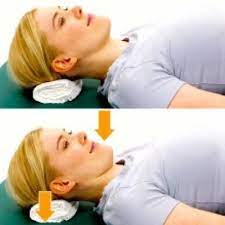
Neck retraction exercises
- Lie down on a firm or flat surface.
- Alternate Position- Sit on soft ground or a chair & then engage the core to help stabilize the spine.
- Brace the posterior muscles in the neck to bring the head back into a steady position while having the chin slightly downward.
- Maintain the position briefly.
- Relax & then repeat.
- Start with 1 set of 5 reps and work the way up to ten reps in total.
Rectus Anterior Exercises
Chin to chest stretch
- Get into a sitting position on the ground. Put 2 hands at the base of the head with fingers interlocked.
- Staring the thumbs down or the elbows extended ahead.
- Do the head down to the chest or just hold it for 20 to 30 secs.
- Do ten reps of this exercise.
Rectus Lateralis Exercises

Superman Exercise
- Do this exercise on a mat or a firm floor. Sleep down flat on the stomach while the arms extended outside straight of the body.
- The legs should be maintained flat on the ground, as well as the arms.
- Lift the arms or the legs simultaneously like you are trying to fly. squeeze the lower back. Make sure to respiration occur properly.
- Depending on the individual type of fitness, maintain the position for a minimum of 2 secs up to 5 secs per rep. Aim for 5 to 10 reps at a time in sets of 2 to 3.
- Individual fitness levels will determine how many reps or sets the individual is capable of doing at a single time or in a single day.
Theraban Rows
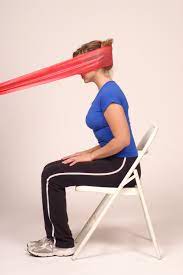
- First Place the theraband around a doorknob & tie a knot in the theraband & close it in the door.
- The band is at chest level.
- You are sitting tall with each end of Theraband in your head & neck portion slightly bent, abdominal muscles tight.
- It must be maintained the tight trunk muscles & pull the neck gently back while squeezing the shoulder blades together.
- You are trying to focus on pulling the neck backwards and squeezing the shoulder blades without shrugging the shoulder joint up towards the ears.
- Then return to starting position but Do not lean back.
- Hold this exercise position for 10 seconds.
- Perform the 10 times in 1 session & 3 sessions per day.

Head lifts
- You are Lie flat on the back with the arms stretched to the sides.
- Nod the head & tuck in the chin. Do not tuck chin downwards.
- Hold this exercise for a few seconds before releasing back to a neutral position.
- Hold this exercise position for 10 seconds.
- Perform the 10 times in 1 session & 3 sessions per day.
Seated Clasped Neck Stretch
- You are sitting comfortably on the floor & in a chair.
- Must place your body in proper alignment.
- Then Clasp the hands & bring both palms to the back of the head.
- Try to slowly press the hands down toward the thighs & tucking the chin into the chest.
- Maintain this stretching position for 30 secs.
- Perform the three times in one session and three sessions per day.
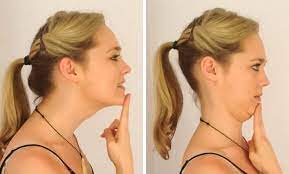
Seated Tucked in Exercise
- The patient’s position should be Sitting straight & look straight ahead with the ears level parallel over the shoulders joints.
- Place 3 to 4 fingers on the chin.
- Maintain the finger, pull the chin & head extended beside up to a slowly stretch is felt at the bottom of the base of the head & top of the neck.
- Maintain or hold for 5 to 10 secs. Repeat seven to ten times.
Neck flexion Exercise (Neck tilt)
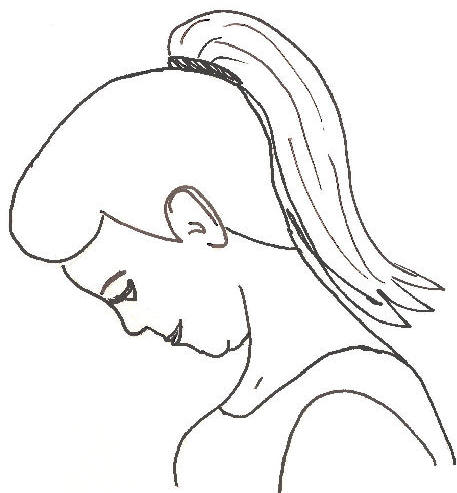
- In Relax sitting position flex the head down to rest the chin on the chest (Flex the neck fully).
- Gently tense the neck muscles & hold for 4 to 8 secs.
- Return to the initial position & repeat seven to ten times.
Neck extension exercise
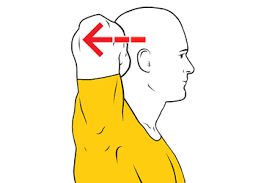
- In Relax sitting position without arching the back, slowly move the head backward so you are looking upward.
- Hold for 5 to 10 secs. Return to starting position.
- This is a good exercise to do during working hours to prevent neck strain.
- Gently tense the neck muscles & hold for 5 to 10 secs.
- Return to a neutral position & repeat 10 times.
Neck flexion Exercise (side to side)
- Flex the head down towards the shoulder, & try to touch the shoulder with the ear (Without elevating the shoulder).
- Gently tense the neck muscles & hold for 8 secs.
- Return the head to a neutral position & repeat in the opposite direction.
- Repeat 10 times on both sides.
Cervical Rotation exercise
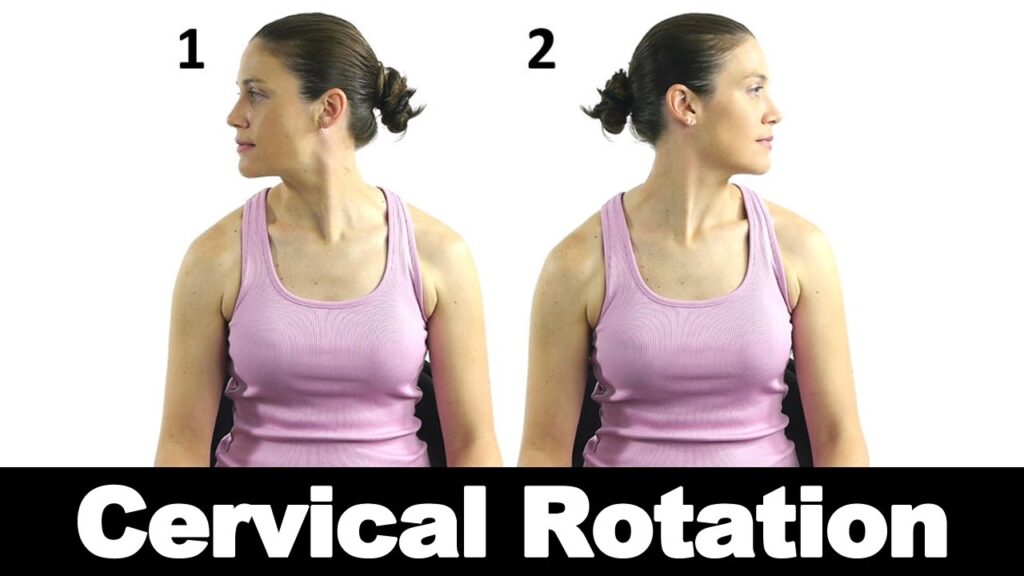
- Begin this exercise by doing a rotation of the head towards 1 side, keeping the chin at the same level & moving within normal limits.
- Slowly stretch the neck muscles & hold for eight secs.
- Back the head to the neutral position & repeat in the other direction.
- Repeat 10 times on each side.
Revolved Triangle Exercise
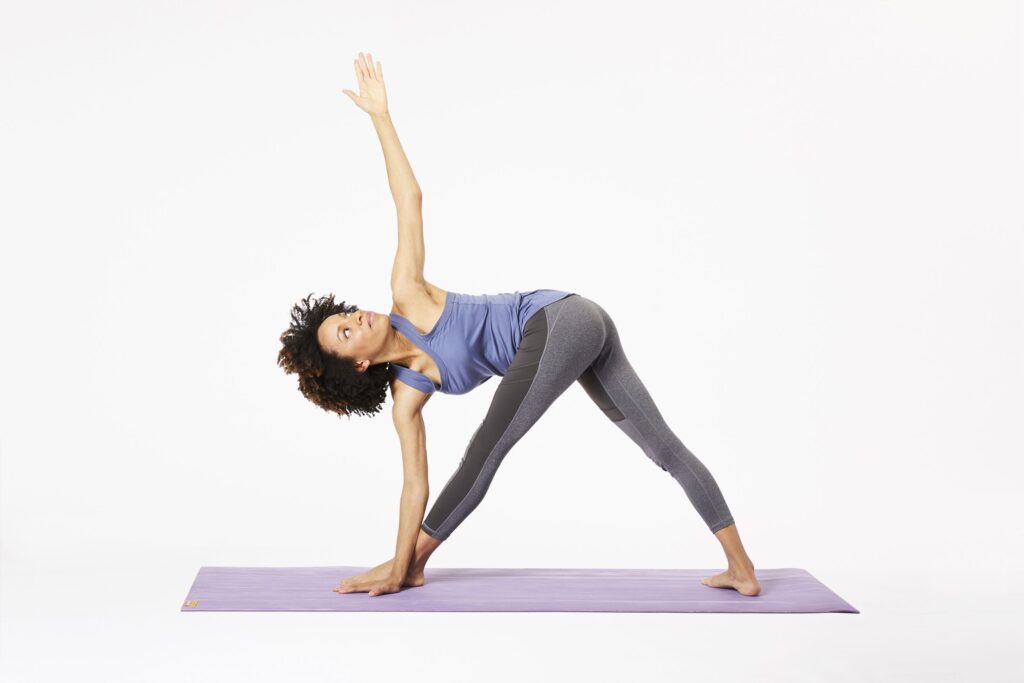
- Begin this exercise by standing with the feet about four feet apart.
- Face the right toes forward & the left toes out at a slight angle.
- Square the hips & face forward in the same direction the right toes are pointing.
- Lift the arms up at the sides so they are parallel to the floor.
- Slowly hinge at the hips to fold forward, stopping when the torso is parallel to the floor.
- Bring the left hand to the leg, the floor, or a block, wherever you can reach.
- Extend the right arm straight up with the palm facing away from the body.
- Turn the gaze to look up toward the right thumb.
- Exhale to turn the neck to look down at the floor.
- Inhale as you return the gaze upward.
- Keep the rest of the body stable & continue these neck rotations as you stay in the pose for up to one min.
- Perform on the alternate side.
- Hold for up to 30 secs.
- Do this pose up to three times.
Tilted forward flexion exercise
- Sluggishly lean the head to the leftism. Using the left hand for resistance, use the muscles in the neck to press against it. Hold for 5 to 10 secs, also return to starting position.
- Also, sluggishly lean the head to the other side. Hold for 5 to 10 secs.
- Return to starting position. Do 10 repetitions. This is a good exercise to do during work, especially if you have to keep the head in a steady position for a prolonged time as in working at a computer. Do this exercise every partial hour to help with the prevention of neck tightening.
Upward Plank Exercise
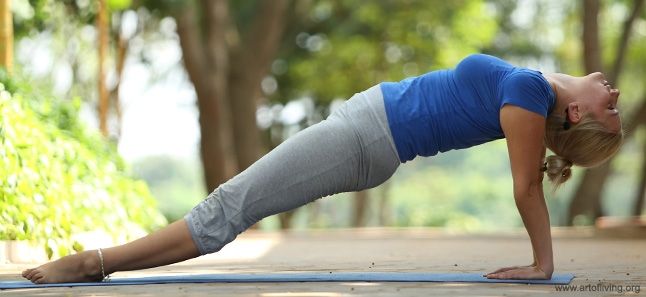
- This pose allows you to passively hang the head back & down, releasing tension in the neck & shoulders. This lengthens & stretches the capitis lateralis, SCM, chest, & shoulder muscles.
- Make sure the back of the neck is fully relaxed to avoid compressing the spine. If it is uncomfortable for you to let the head hang back, you can tuck the chin into the chest & lengthen the back of the neck. Precise on engaging the neck muscles without straining.
- You can also allow the head to rest back on some type of support such as a chair, a wall, or stacked blocks.
- How to do- Come into a seated position with the legs straight in front of you.
- Press the palms to the floor alongside the hips.
- Lift the hips & bring the feet under the knees.
- Deepen the pose by straightening the legs.
- Open the chest and & let the head drop back.
- Hold for up to 30 secs.
- Do this pose up to three times.
Prone Cobra Exercise
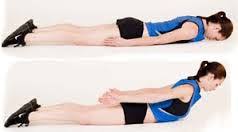
- This exercise is start by lying face downwards on the ground & assists gravity as resistance in the process.
- Put face downwards on the floor, and put the forehead on a wrapped-up hand towel for support.
- Put the arms by the side, & palms downwards on the surface.
- Drag the tongue onto the upper palate of the mouth.
- Squeeze the shoulder blades combine & elevate the hands off the ground.
- Roll the elbows inside, palms outsides, & thumbs upside.
- Smoothly raise the forehead about an inch off the towel maintaining the eyes looking ahead forward at the ground or surface.
- Maintain the position for seven to ten secs.
- Do seven to ten reps.
Isometric Neck Exercise
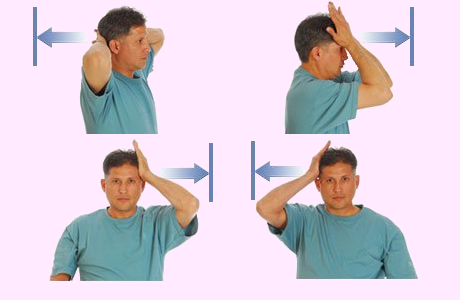
- Isometric neck exercises assist to strengthen the neck muscles. This exercise is mostly prescribed by Physiotherapists from day one to relieve Neck pain.
Isometric Neck Exercise
How to perform this exercise In a sitting alignment, - keep the Body steady and straight, Place both hands beside the neck (as seems in the images), & try the neck to push compress on the hands & At the same time Resist the neck muscles, both hands steady and align pattern for 4 to 5 secs & then relax.
- The first day does 8 reps & the 2nd day does 10 reps. Do some exercise on the forehead & each side of the neck.
- Do the exercise by compressing the side of the head. Repeat 8 times, then opposite sides.
Lateral extension exercise
- Begins by looking forward ahead. Gently lean the head to the left side. Use the left hand for resistance, use the muscles in the neck to press against it. Hold for 5 to 10 secs, then return to the initial position.
- Then, slowly lean the head to the alternate side. Hold for 5 to 10 secs.
- Return to the initial position. Do 10 repetitions. This is a good exercise to do while in working hours, especially if you have to keep the head in a steady position for prolonged periods, as in working at a computer.
Prone Rows Exercise
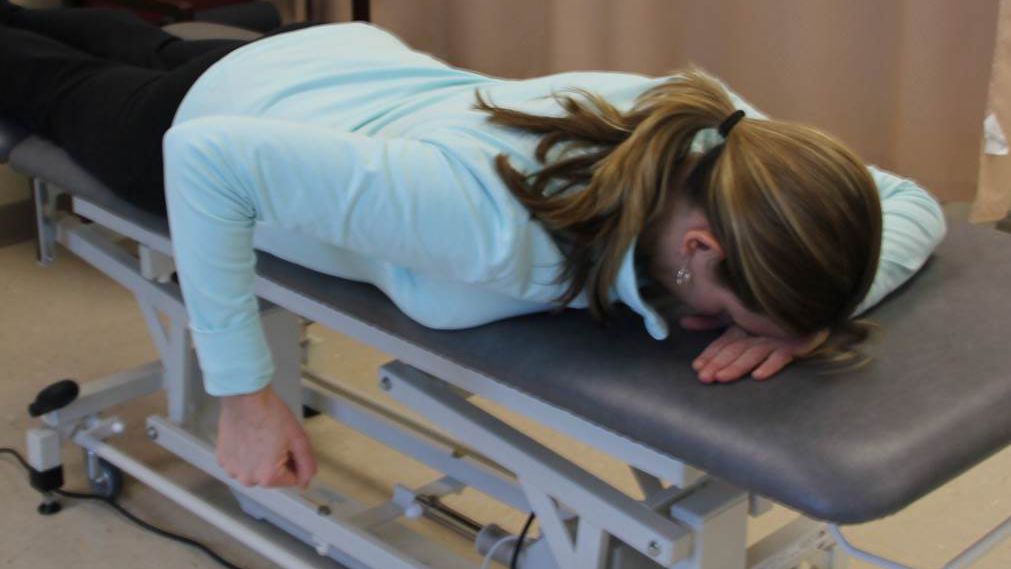
- Lie down on the stomach with the arms dangling off the side of the bed (just angling the body so the head is turning the corner of the bed).
- Use a pillow below the stomach for comfort. Start by pulling your arms back while bending elbows & contracting the shoulders blades together then gently back to the initial position.
- Do not raise your head up while pulling the arms back.
- Repeat twenty times. Perform two times a day.
Standing pushups exercise
- Stand about an arms-length down from the wall with the bases spread piecemeal.
- Place the hands on the wall, making sure that they parallel with the shoulders.
- Keeping the reverse straight, sluggishly bend or flex the elbows, bringing the upper body toward the wall.
- Extend the elbows & back to the initial position.
- Repeat twenty times. Perform two times a day.

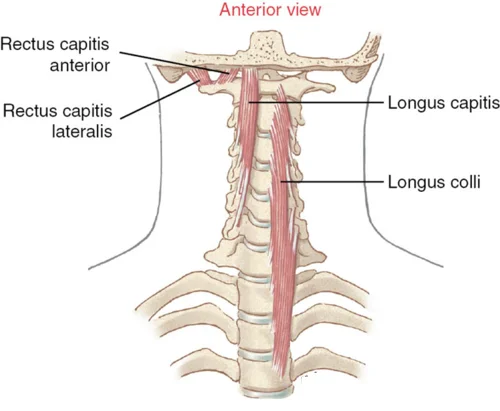
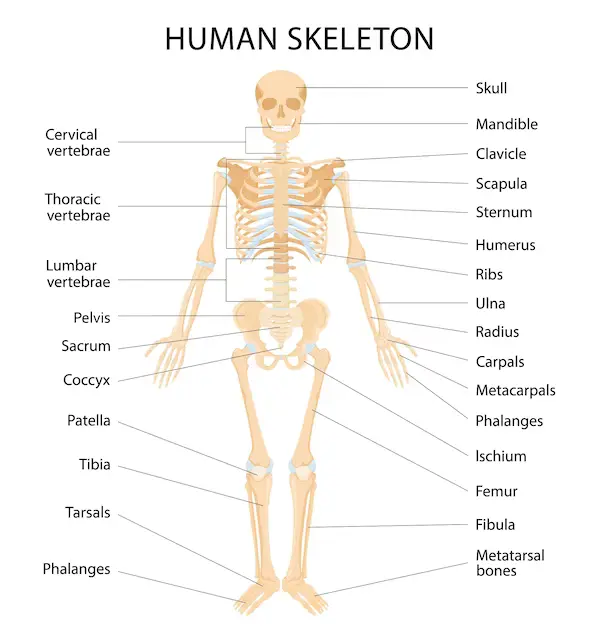
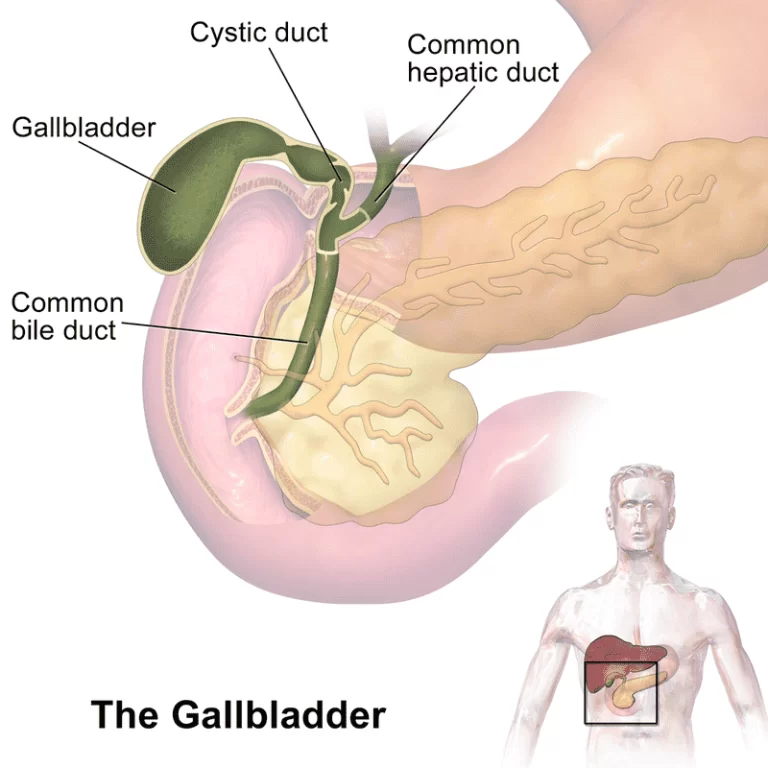
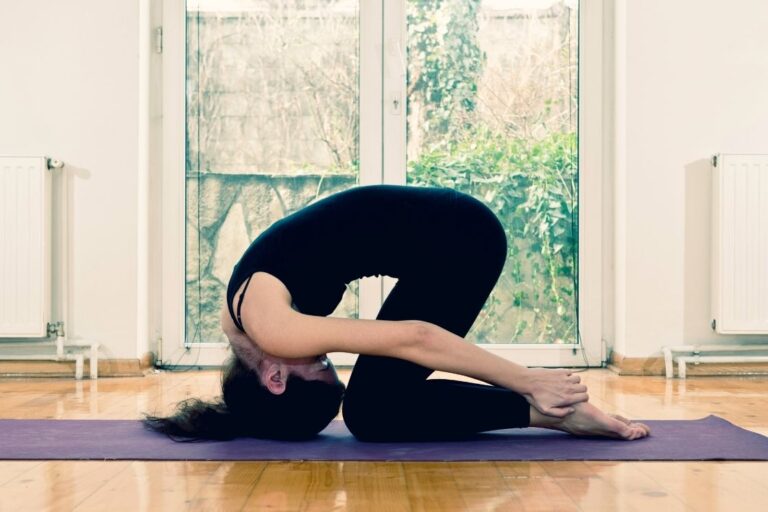
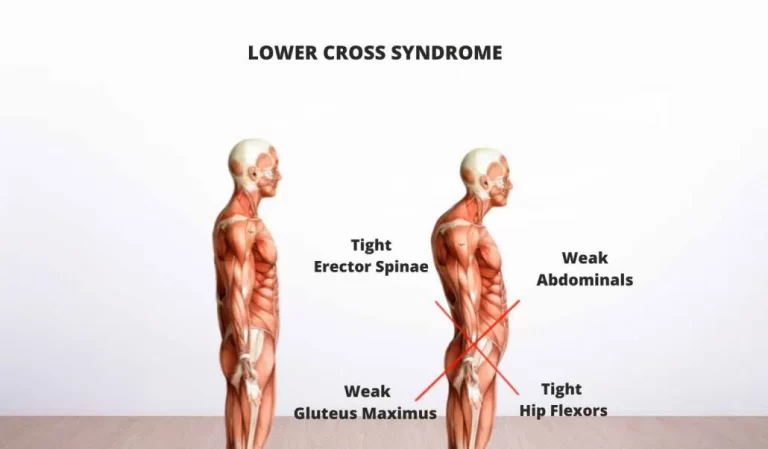
One Comment